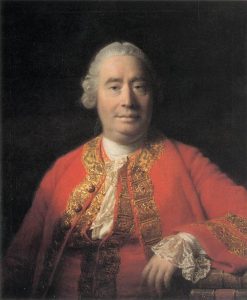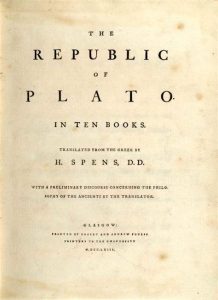Abstract
What is liberty? What are its foundations, its limits? In this chapter, we explore answers to these and other questions from within the natural law theory articulated by John Finnis. Although Finnis himself seldom uses the language of liberty, the natural law theory that he has expounded over the past 50 years is fully engaged with the concept of liberty, in all its complexity. In our effort to understand and explain Finnis’s account, we distinguish four kinds of liberty at play in his work, which we respectively call ‘existential’, ‘moral’, ‘legal’ and ‘political’. By existential liberty we refer to Finnis’s claim that human beings have the capacity to make choices about courses of action, and his insistence that these choices are free of any form of absolute determinism, whether it be psychological, physiological, social or economic. Moral liberty refers to the related claim that as free moral agents, we have the freedom, and also the responsibility, to make practical choices among a plurality of rationally desirable goods. Legal liberty indicates the freedom to make choices between courses of action unconstrained by positive law, and it encompasses the absence of any countervailing legal duty or legal power to impose a contradictory duty. Legal liberty in both these senses is closely related to Finnis’s conception of what we call political liberty: freedom from legal constraint imposed by the coercive force of government. This freedom is broader than legal liberty, however, because it includes an aspect of moral liberty generated by Finnis’s insistence that political authority is properly constrained, not only by legal or constitutional limitations but also by moral principles and norms. The role of the state, for Finnis, is thus limited both in its purpose and its mode of operation. Finnis affirms the existence of ‘unconditional, exceptionless limitations on government’ and ‘truly inviolable rights’ enjoyed by individuals, suitably protected by legally-enforceable constraints on power. We argue that his account of liberty is best understood by distinguishing these four kinds of liberty and understanding the various subtle but important relationships between them.
Keywords: liberty, freedom, autonomy, rights, Finnis
Suggested Citation:
Aroney, Nicholas and Miller, Bradley W., Finnis on Liberty. THE JURISPRUDENCE OF LIBERTY, Gabriel Moens, Suri Ratnapala, eds., LexisNexis, 2010, University of Queensland TC Beirne School of Law Research Paper No. 11-07, Available at SSRN: ssrn.com/abstract=1853949







![Terror management theory e837b80929f5063ecd0b4401ef444f94eb6ae3d01db3164093f0c971_640[1]](https://cognitive-liberty.online/wp-content/uploads/e837b80929f5063ecd0b4401ef444f94eb6ae3d01db3164093f0c971_6401-300x258.png)


